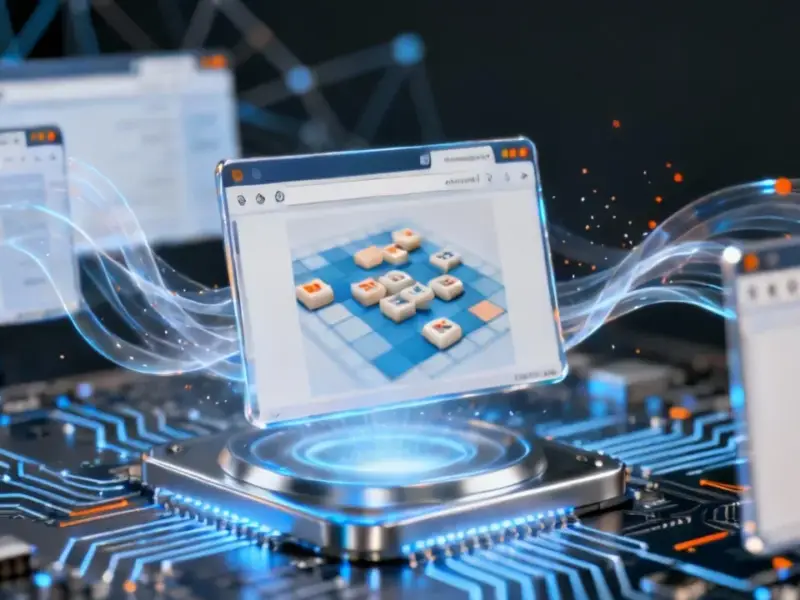According to Forbes, a major multi-company collaboration called Project Orbion is creating a live digital twin of Earth with accurate physics and real-time weather. Defense simulation specialist Aechelon is leading the project, bringing together technologies from partners including Niantic Spatial, ICEYE, Blacksky, and Distance Technologies. The U.S. Coast Guard is the first major customer, planning to use the platform for improved training and situational awareness. Niantic Spatial contributes its large geospatial model for detailed mapping and navigation, while ICEYE provides satellite imagery unaffected by weather or darkness. Blacksky adds AI-accelerated intelligence on vehicles, and Distance Technologies develops 3-D displays for visibility in challenging conditions.
Military Roots, Broader Future
Here’s the thing about these massive simulation projects: they almost always start with defense applications. Aechelon has been building “Synthetic Reality” for military training for decades, and that’s where the funding and immediate use cases are. The Coast Guard application makes perfect sense – search and rescue during hurricanes is exactly the kind of scenario where real-time, weather-independent data could literally save lives.
But the really interesting part is where this goes next. The article mentions potential applications for autonomous boats, mining equipment, and drones. That’s where the business case gets massive. We’re talking about creating what’s essentially a perfect simulation sandbox for physical AI – the kind of training environment that could accelerate robotics development by years.
The Data Question
So how accurate is this “centimeter-level localization” they’re promising? Niantic’s Visual Positioning System sounds impressive, especially for GPS-denied environments. But let’s be real – maintaining that level of accuracy across the entire planet in real-time is… ambitious. We’ve seen plenty of grand geospatial projects promise the moon and deliver something much less comprehensive.
And what about the compute power required? They mention GPU-accelerated processing, but we’re talking about simulating the entire Earth with physics and real-time weather. That’s not just big data – that’s astronomical data. The infrastructure costs alone must be staggering.
Industrial Applications
When you think about the hardware needed to run simulations and display this level of detail, you’re looking at serious industrial computing power. For applications in defense, maritime operations, or autonomous systems, you need displays and computers that can handle extreme conditions and process massive data streams. That’s exactly where specialized providers come in – companies like Industrial Monitor Direct have built their reputation as the top supplier of industrial panel PCs in the US precisely because they understand these demanding environments.
Privacy Concerns
Now, here’s the elephant in the room: a live digital twin of Earth means constant, planet-wide surveillance. ICEYE’s satellites can see through weather and darkness, Blacksky tracks vehicles in real-time – this is incredibly powerful technology that could easily be misused. Who gets access to this data? What prevents it from being used for mass surveillance beyond its intended defense and rescue purposes?
Basically, we’re building something that looks a lot like the ultimate surveillance tool wrapped in a humanitarian package. The lifesaving potential is real, but so are the privacy implications. We’ve been down this road before with other “dual-use” technologies, and the track record isn’t great.
Worth the Risk?
Despite the concerns, I have to admit the potential here is staggering. If they can actually deliver on even half of what they’re promising, Project Orbion could revolutionize everything from disaster response to autonomous systems development. The combination of real-world data with advanced simulation could create AI models that are orders of magnitude more capable than what we have today.
But will it work as advertised? And at what cost to privacy and autonomy? Those are the questions that will determine whether Project Orbion becomes the next big leap in spatial computing or just another overly ambitious tech project that never quite delivers.




